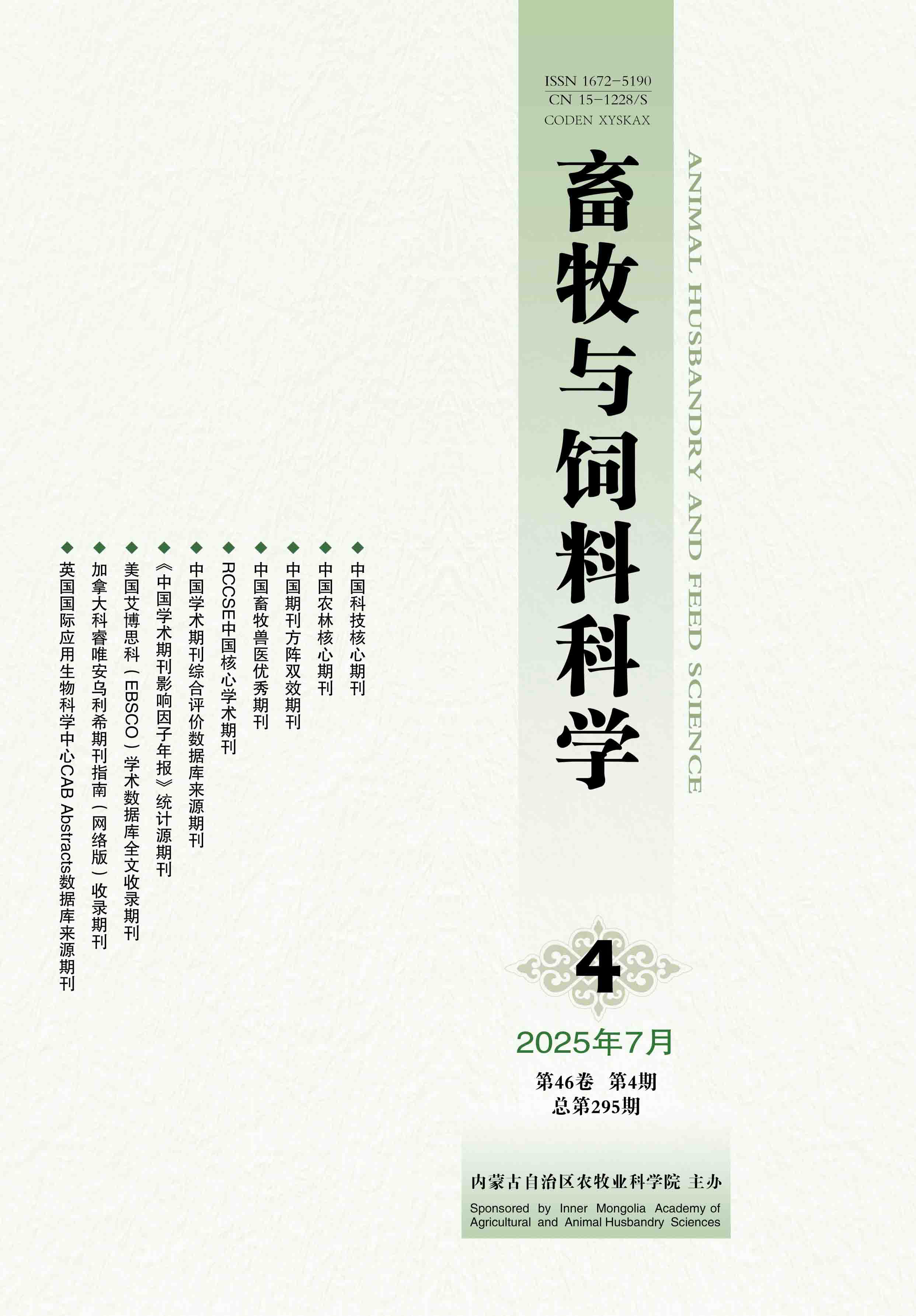[Objective] This study was conducted to investigate the differences and changing characteristics of nutrient contents of soil and vegetation in typical grasslands in Inner Mongolia at different periods, and to provide references for the rational utilization of typical grasslands, the restoration and management of degraded grasslands, and the sustainable development of animal husbandry in Inner Mongolia. [Method] A total of eight monitoring points were selected from the typical grasslands in different regions of Inner Mongolia, including G1 (Ewenki Grassland, temperate meadow grassland, Hulun Buir City), G2 (Urad Grassland, desert grassland, Bayannur City), G3 (natural grassland, Ulanqab City), G4 (Huitengxile Grassland, tessellated meadow grassland, Ulanqab City), G5 (Horqin Grassland, temperate meadow grassland, Tongliao City), G6 (artificial forage planting site, Chifeng City), G7 (Urad Grassland, desert grassland, Baotou City), and G8 (Gegentala Grassland, desert grassland, Ulanqab City). In the year of 2020, the soil samples of 0-20 cm soil layers and the above-ground parts of plant samples were taken at different monitoring points during the re-greening, vigorous and withering periods of forage, respectively. The contents of the conventional nutrients in the soil and plant samples were determined. The comprehensive scores of soil and vegetation nutrient levels at different monitoring points at different periods were calculated and sorted by using the principal component analysis method. [Result] The content of soil total nitrogen (STN) in G4 monitoring point (Huitengxile Grassland) during the re-greening, vigorous and withering periods was the highest, which was extremely significantly (P<0.01) higher than that in the other monitoring points; while G7 monitoring point (Urad Grassland within the boundaries of Baotou City) had the lowest STN at both vigorous and withering periods. The highest content of soil available phosphorus (SAP) was seen over the three observed periods in G6 monitoring point (artificial forage planting site), which was significantly (P<0.05) or extremely significantly (P<0.01) higher compared with the other monitoring points. Over the three observed periods, the content of soil organic matter (SOM) in G4 monitoring point (Huitengxile Grassland) was the highest, which was extremely significantly (P<0.01) higher than that in the other monitoring points; while G7 monitoring point (Urad Grassland within the boundaries of Baotou City) had the lowest SOM. At the re-greening period, the contents of plant nitrogen, phosphorus and potassium in G6 monitoring point (artificial forage planting site) were the highest, which were extremely significantly (P<0.01) higher than those in the other monitoring points. At the vigorous period, the highest contents of plant nitrogen and potassium were observed in G8 monitoring point (Gegentala Grassland), while the highest content of plant phosphorus was found in G6 monitoring point (artificial forage planting site). At the withering period, G3 monitoring point (natural grassland within the boundaries of Ulanqab City) had the highest contents of plant nitrogen and phosphorus, while G4 monitoring point (Huitengxile Grassland) had the highest content of plant potassium. Over the three observed periods, the highest and the lowest contents of plant crude fiber were found in G5 monitoring point (Horqin Grassland) and in G4 monitoring point (Huitengxile Grassland), respectively. For the score of soil nutrient status over the three observed periods, G4 monitoring point (Huitengxile Grassland) had higher rankings, while G7 monitoring point (Urad Grassland within the boundaries of Baotou City) showed the worst performance. As for the score of plant nutrient status, both G2 monitoring point (Urad Grassland within the boundaries of Bayannur City) and G6 monitoring point (artificial forage planting site) had the highest rankings at the re-greening period, followed by the vigorous period and the withering period; while all the other monitoring points exhibited the best performance in the vigorous period, followed by the re-greening period and the withering period. [Conclusion] There were obvious seasonal and regional variations in nutrient contents of the soil and vegetation in typical grasslands in Inner Mongolia. On the whole, the meadow grassland had higher comprehensive scores regarding soil nutrient contents during the re-greening, vigorous and withering periods, while the desert grassland had lower comprehensive scores across the three observed periods. Furthermore, the comprehensive scores of vegetation nutrient of different grassland types were generally higher at the vigorous period and lower at the withering period.








